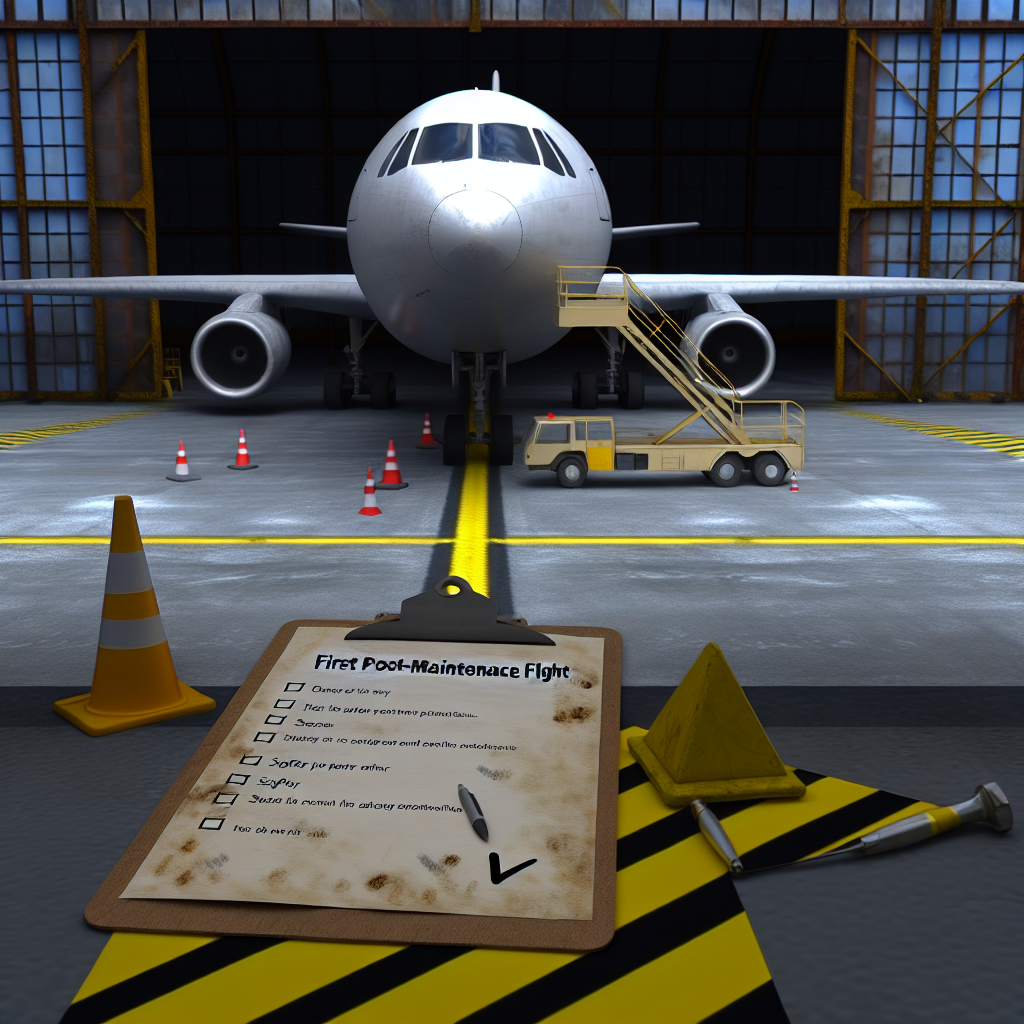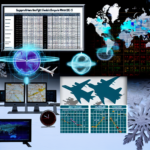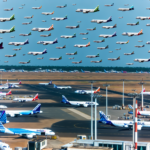When seasoned aviation mechanics discuss the most perilous flight for an aircraft, you might be surprised to learn that it’s actually the first flight following substantial maintenance, like an annual inspection. I came to understand this during my time at a flight school where Certified Flight Instructors (CFIs) conducted the “return to service” test flights.
This procedure aligns with FAR 91.407 (b), which mandates that if an aircraft’s maintenance or modifications could significantly affect its flight characteristics or overall performance, it must not be rented out until an appropriately licensed pilot examines it and logs the operational check in the aircraft’s records.
The chief mechanic would provide a checklist of items to verify prior to these flights. The post-maintenance checks were conducted early in the morning before flight school operations began, with CFIs taking turns. If you were certified for the aircraft, it was an excellent opportunity to gain some flight experience.
Initially, I questioned whether the mechanics were exaggerating the risks of post-maintenance flights, but a review of National Transportation Safety Board (NTSB) accident reports confirmed their warnings. Numerous incidents occurred during the first flight after maintenance that resulted in complications—it’s clear why mechanics emphasize caution.
A critical lesson: If a mechanic grounds an aircraft or advises against a flight, heed their warning.
This point became painfully evident one April day when I witnessed a freshly maintained Beech Bonanza suffer an engine failure shortly after takeoff, landing in a field at the end of Runway 34. I was on the ramp, performing a preflight inspection of a Cessna 172, when I heard the engine quit, followed by startled reactions from patrons of the airport restaurant. I turned to see several individuals standing and pointing towards the north.
The pilot, who owned the aircraft, managed to land in an undeveloped field right across from the airport. Fortunately, he was unharmed, and the damage to the aircraft was limited to a collapsed nosewheel. He was fortunate not to have landed on the bustling four-lane road or in the nearby neighborhood or shopping area.
The off-airport landing resulted from an uncommanded loss of engine power during a first post-maintenance flight.
<paccording to="" a="" mechanic="" involved="" with="" the="" aircraft—alongside="" ntsb="" report—the="" day="" of="" event,="" aircraft="" had="" just="" undergone="" maintenance.="" pilot="" owner="" conducted="" run-up="" and="" recognized="" loss="" engine="" power.="" report="" indicated="" that="" “airplane="" was="" towed="" back="" maintenance="" shop,="" advised="" wait="" for="" thorough="" examination.”
The mechanics indicated that the shop was busy and they couldn’t divert resources to diagnose the Bonanza immediately. Identifying the cause of an engine failure should never be rushed.
The NTSB noted that the pilot, who had just under 300 flight hours—120 of which were in the accident aircraft—downloaded the engine data and reviewed it at home. Upon his return to the airport later that day, he reported no abnormalities in the data and proceeded to attempt the ill-fated flight.
A mechanic remarked that the flight was in direct contradiction to the advice given by maintenance personnel. The aircraft was approximately 350 feet above ground level during the climb when the engine power was lost without warning, resulting in an eerie silence that no pilot wishes to experience.
The investigation following the crash revealed that the B-nut to the fuel pump inlet was loose. The NTSB deduced the probable cause as a “total loss of engine power due to fuel starvation stemming from a mechanic’s failure to adequately tighten the B-nut during the recent annual inspection.” The pilot’s decision to take off despite the engine’s erratic performance also contributed to the incident.
3 Key Considerations
Over time, I’ve absorbed valuable advice from mechanics regarding additional precautions during the first flight following maintenance:
Cross-rigged controls: The inaugural flight after an annual inspection should commence with a meticulous preflight examination. With your checklist in hand, inspect the airframe as if it conceals valuable treasures. Pay keen attention to ensuring that “flight controls are free and correct.”
Distractions must be avoided at all costs. If you’re interrupted, restart the inspection from the very beginning. I am aware of two accidents tied to improper control rigging, one of which was fatal. I also firmly advocate using the “full military box” technique during engine run-ups to confirm complete and accurate control movement.
Seats and seat rails: It’s crucial to confirm that the front seats are securely in place, especially in a 100 series Cessna. Ensure the seat pins are properly inserted in the seat-rail holes.
Moreover, the seat rail should have stops attached to prevent the seats from sliding off. Over time, pin insertion holes may deteriorate; this issue sparked the well-known “seat rail AD” following an incident where a pilot’s seat slided back, resulting in a fatal accident during takeoff.
Engine compartment: Examine the engine compartment thoroughly with a flashlight for any foreign objects. A mentor of mine, an instructor who trained pilots for aircraft carriers during the Vietnam War, shared a haunting story about a pilot who was forced to eject when his Douglas A-4 Skyhawk lost engine power due to a rag left inside.
The standard practice for test flights often includes making a few laps around the airport to ensure engine reliability—this is done for safety. Don’t be surprised if the mechanic is waiting for you upon your return from the flight.
Most mechanics take immense pride in their workmanship and recognize that their responsibilities extend until the paperwork is finalized, log entries are made, and test flights are completed.

Based on an article from flyingmag.com: https://www.flyingmag.com/first-postmaintenance-flight-should-be-treated-with-caution-and-respect/



